We know that the geometric characteristics of CNC machining surfaces include surface roughness, waviness, and machining texture. Among them, surface roughness is the basic unit that constitutes the geometric characteristics of machined surfaces. So, when using metal cutting tools to machine the surface of workpieces, what factors affect the surface roughness?
When machining the surface of a workpiece with metal cutting tools, the surface roughness is mainly affected by three aspects: geometric factors, physical factors, and CNC machining process factors.
(1) Geometric factors
From a geometric perspective, the shape and geometric angle of the tool, especially the radius of the tool tip arc, the main angle, the secondary angle, and the feed rate in the cutting parameters, have a significant impact on the surface roughness.
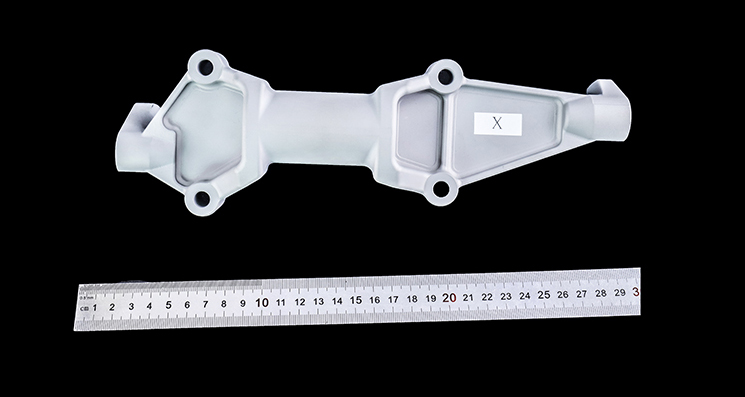
(2) Physical factors
Considering the physical essence of the cutting process, the rounded edges of the cutting tool and the subsequent compression and friction cause plastic deformation of the metal material, severely deteriorating the surface roughness. When forming strip-shaped chips during the machining of plastic materials on a CNC lathe, it is easy to form high hardness chip deposits on the front cutting surface. It can replace the front cutting surface and cutting edge for cutting, causing changes in the geometric angle and back cutting amount of the tool. The contour of the chip tumor is very irregular, resulting in varying depths and widths of knife marks on the surface of the workpiece. Some debris nodules are embedded on the surface of the workpiece, which further increases the surface roughness. The vibration during cutting increases the surface roughness parameter value of the workpiece.
(3) Process factors
From the perspective of technology, its impact on the surface roughness of metal parts processing mainly includes factors related to cutting tools, workpiece materials, and CNC machining conditions.


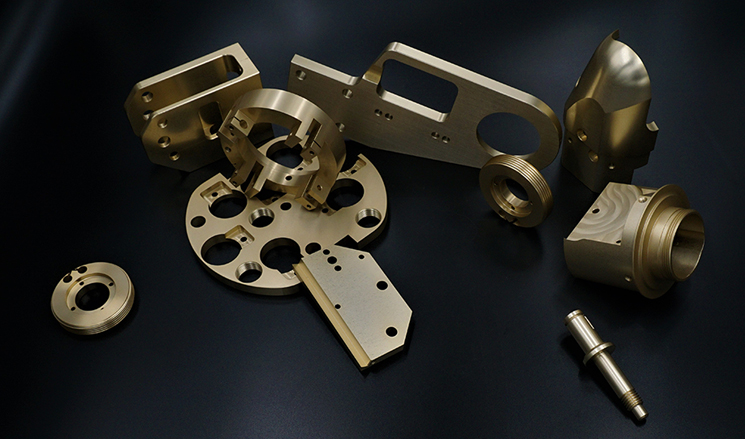
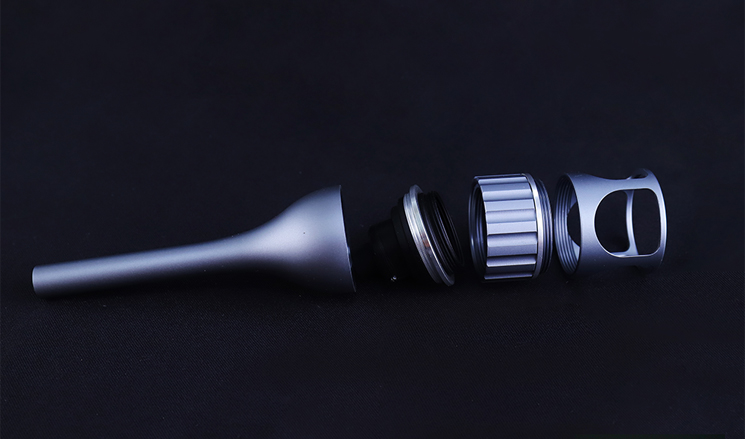
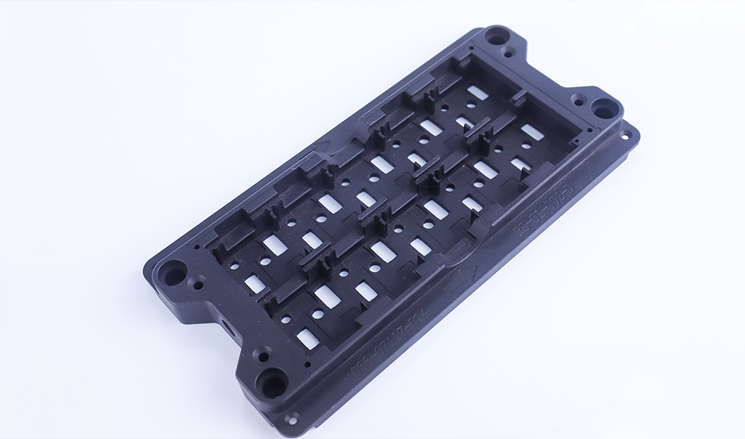
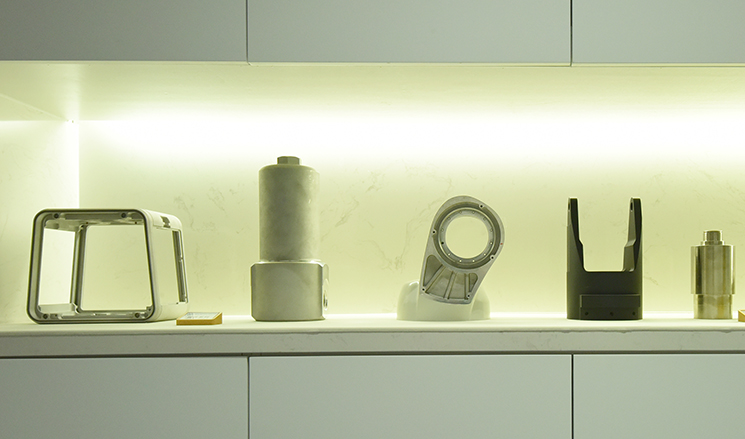
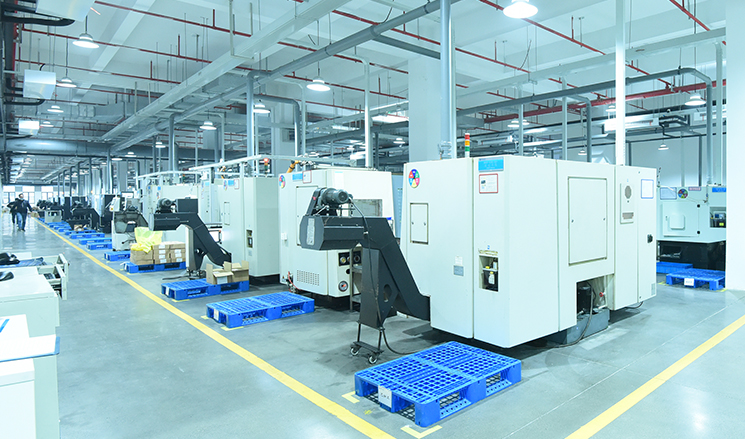
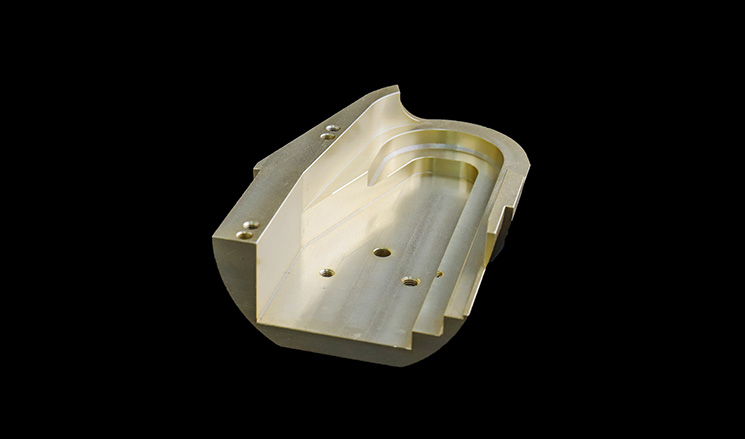
 Tel
Tel Wechat
Wechat